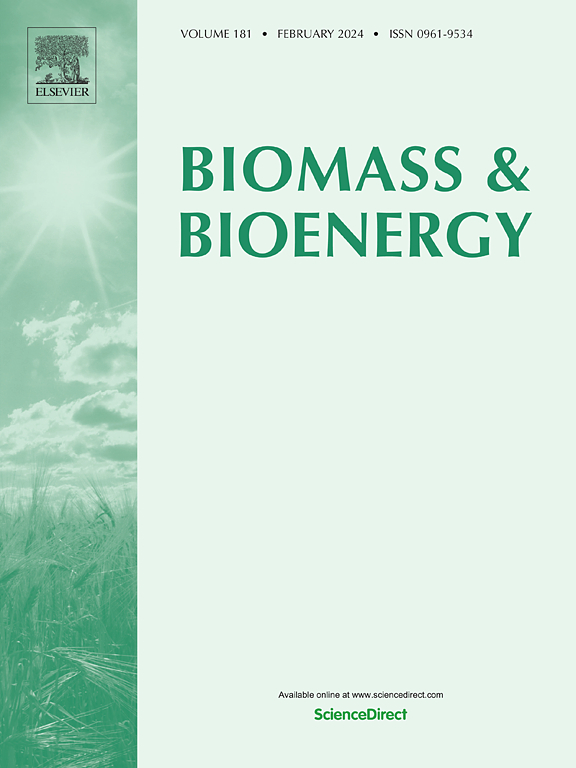Global insights into biochar: Production, sustainable applications, and market dynamics
IF 5.8
2区 生物学
Q1 AGRICULTURAL ENGINEERING
引用次数: 0
Abstract
Biochar, a carbon-rich product developed from biomass via thermochemical techniques, has attracted international recognition for its multifaceted prospects as a sustainable global environmental solution. This review article offers an extensive analysis of biochar production methods, industrial applications and market dynamics, with a special emphasis on India. It seeks to bridge the gap between technical advances and market prospects, highlighting the role of biochar in sustainable development and circular economy. The review article examines key questions, including: How do various biochar production techniques compare with regards to cost, efficiency and environmental impact? What are the challenges and chances of biochar implementation in various industries? How might India's emerging market of biochar contribute to global sustainability aims? This review uniquely combines the technical aspects of biochar production with an in-depth market analysis, highlighting on India's untapped potential in the global biochar market. The review emphasizes the efficacy of advanced biochar production techniques, including hydrothermal carbonization and microwave-assisted pyrolysis, while recognizing challenges like energy intensity and feedstock variability. The versatility of biochar is discussed through its application in various industries such as wastewater treatment, agriculture, electronics and construction. Significant findings encompass its capacity for carbon sequestration, enhanced soil productivity, and incorporation into sustainable construction materials. By acknowledging these components, this review can help researchers, policymakers, and industry stakeholders to improve biochar technology and increase its market potential globally, with particular emphasis on India.

求助全文
约1分钟内获得全文
求助全文
来源期刊

Biomass & Bioenergy
工程技术-能源与燃料
CiteScore
11.50
自引率
3.30%
发文量
258
审稿时长
60 days
期刊介绍:
Biomass & Bioenergy is an international journal publishing original research papers and short communications, review articles and case studies on biological resources, chemical and biological processes, and biomass products for new renewable sources of energy and materials.
The scope of the journal extends to the environmental, management and economic aspects of biomass and bioenergy.
Key areas covered by the journal:
• Biomass: sources, energy crop production processes, genetic improvements, composition. Please note that research on these biomass subjects must be linked directly to bioenergy generation.
• Biological Residues: residues/rests from agricultural production, forestry and plantations (palm, sugar etc), processing industries, and municipal sources (MSW). Papers on the use of biomass residues through innovative processes/technological novelty and/or consideration of feedstock/system sustainability (or unsustainability) are welcomed. However waste treatment processes and pollution control or mitigation which are only tangentially related to bioenergy are not in the scope of the journal, as they are more suited to publications in the environmental arena. Papers that describe conventional waste streams (ie well described in existing literature) that do not empirically address ''new'' added value from the process are not suitable for submission to the journal.
• Bioenergy Processes: fermentations, thermochemical conversions, liquid and gaseous fuels, and petrochemical substitutes
• Bioenergy Utilization: direct combustion, gasification, electricity production, chemical processes, and by-product remediation
• Biomass and the Environment: carbon cycle, the net energy efficiency of bioenergy systems, assessment of sustainability, and biodiversity issues.
 求助内容:
求助内容: 应助结果提醒方式:
应助结果提醒方式:


